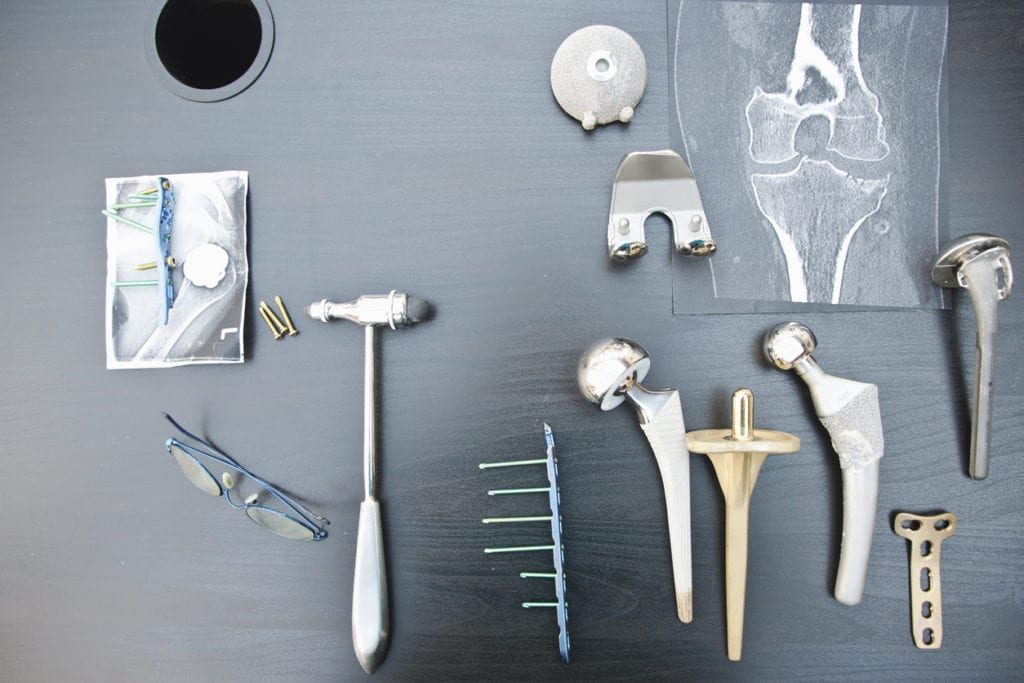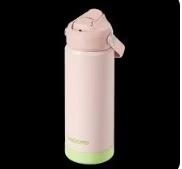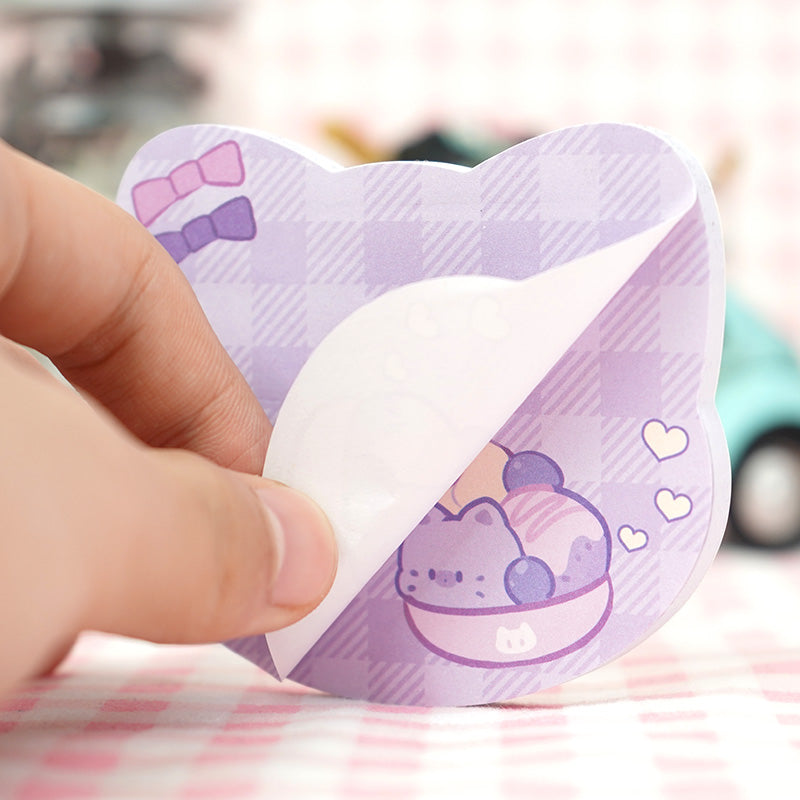Orthopedic surgery is a highly specialized field of medicine that focuses on conditions involving the musculoskeletal system — bones, joints, ligaments, tendons, and muscles. Performing these intricate procedures demands more than just surgical expertise. It requires a robust set of orthopedic surgery tools that ensure precision, safety, and optimal outcomes.
In this blog, we’ll explore the essential instruments every orthopedic surgeon should have in their toolkit and their roles in successful surgical procedures. Whether you’re a new surgeon building your setup or an experienced professional reviewing the basics, this closer look offers valuable insights.
Why Orthopedic Surgery Tools Matter
Success in orthopedic procedures depends heavily on the surgeon’s skill and the reliability of their instruments. Unlike other forms of surgery, orthopedic interventions often involve manipulating hard tissues like bones and dense connective tissues, requiring tools designed for force, control, and accuracy.
The right orthopedic surgery tools enable surgeons to:
- Make clean, precise incisions and dissections
- Maintain sterility and control bleeding
- Drill, saw, and fixate bones accurately
- Avoid unnecessary trauma to soft tissues
- Achieve better patient outcomes and faster recovery times
1. Basic Cutting and Dissecting Tools
Even though orthopedic surgery involves bones and joints, precision with soft tissues is equally critical. Standard cutting and dissecting instruments include:
Scalpels and Blades
Surgeons use scalpels for initial skin incisions and subcutaneous dissections. Depending on the specific procedure, a variety of blade shapes and sizes are available.
Scissors
Orthopedic scissors — like Mayo and Metzenbaum — are designed for cutting tough fascia and soft tissues. Their robust build ensures precision without compromising strength.
2. Retractors
Retractors hold back tissues to expose the surgical site, ensuring visibility and space for manipulation. Essential types include:
Self-Retaining Retractors
These provide hands-free retraction, allowing the surgeon to focus on the procedure. Examples include Gelpi, Weitlaner, and Beckman retractors.
Handheld Retractors
Often used for more controlled, targeted retraction, especially in deeper areas. Army-Navy and Hohmann retractors are common in orthopedic surgeries.
Retractors are vital orthopedic surgery tools for maintaining a clear view of bones and joints during complex procedures.
3. Bone Cutting and Shaping Instruments
Orthopedic surgeries frequently involve altering bone structure. For these tasks, specialized instruments are necessary:
Osteotomes and Chisels
These instruments are used to cut or reshape bones manually. They’re often paired with mallets to apply controlled force.
Bone Rongeurs
Rongeurs help in nibbling away small pieces of bone and cartilage, especially during spinal and joint procedures.
Saws
Powered bone saws, including oscillating and reciprocating saws, are essential for making clean cuts during total joint replacements and fracture repairs.
These tools must be sharp, ergonomic, and durable to meet the physical demands of orthopedic work.
4. Drills and Reamers
Drilling and reaming are essential steps in procedures such as joint replacements and internal fixation.
Orthopedic Power Drills
These drills enable the placement of screws and pins with speed and precision. Battery-powered or pneumatic drills are commonly used, depending on the setting.
Reamers
Reamers enlarge and smooth the internal surfaces of bones, such as the femur, during hip arthroplasty. Their design allows for optimal implant fit.
Investing in high-quality drills and reamers ensures faster, safer procedures with fewer complications.
5. Fixation Tools
Fracture fixation is one of the core functions of orthopedic surgery. Tools for this purpose include:
Plates and Screws
These implants stabilize broken bones during healing. The instruments needed to insert them — screwdrivers, torque limiters, and drill guides — are part of every surgeon’s kit.
Bone Clamps
Used to hold bone fragments in place while implants are secured. They come in various shapes depending on the anatomical site.
Intramedullary Nails and Rods
For long bone fractures, these devices are inserted into the medullary canal and secured with screws.
Without reliable fixation tools, surgeons can’t ensure proper bone healing or alignment.
6. Forceps and Clamps
Orthopedic procedures demand powerful yet delicate instruments for grasping, clamping, and manipulating tissues and materials.
Bone-Holding Forceps
These forceps are specifically designed to grip bones during manipulation, drilling, or fixation. Lane and Verbrugge forceps are widely used.
Hemostatic Clamps
Clamps like Kocher and Kelly forceps are essential to control bleeding. Hemostasis is crucial in preventing blood loss and maintaining visibility.
Good ergonomics and tactile feedback are key features to look for in forceps and clamps.
7. Suction and Irrigation Systems
Cleanliness and visibility are paramount. Suction devices remove blood and debris, while irrigation systems keep tissues moist and flush out contaminants.
Yankauer and Frazier Suction Tips
These tools help maintain a clear field, particularly during joint surgeries and spine operations.
Pulsatile Lavage Systems
Used for high-pressure irrigation, especially before placing implants, to reduce infection risk.
Effective suction and irrigation contribute to better surgical outcomes and shorter operating times.
8. Implant Insertion Tools
Implant surgeries, such as knee or hip replacements, require specific tools for insertion, alignment, and assessment.
Trial Implants and Inserters
Trial implants allow the surgeon to test the fit before inserting the final piece. Inserters help position and secure the implants precisely.
Impactors and Tampers
These are used to drive components into place with controlled force, minimizing trauma to surrounding tissues.
Accuracy is everything when it comes to implants — these tools ensure the functionality and longevity of prosthetic joints.
9. Navigation and Imaging Tools
With the rise of minimally invasive and robotic-assisted surgeries, modern orthopedic procedures often rely on imaging technology.
C-Arm Fluoroscopy
Used for real-time imaging during procedures like spinal fusion or fracture fixation, ensuring accurate placement of screws and rods.
Navigation Systems
Computer-assisted navigation improves precision in joint replacements and spine surgeries, leading to better alignment and patient outcomes.
Though not traditional hand tools, these systems are now considered essential orthopedic surgery tools in advanced practices.
10. Sterilization and Storage Equipment
Beyond surgical tools themselves, maintaining their cleanliness and organization is critical.
Autoclaves and Sterile Trays
Instruments must be thoroughly sterilized to prevent infection. Autoclaves are standard in every surgical center.
Surgical Trays and Cassettes
Proper storage and organization prevent damage and ensure quick access during procedures.
Without proper sterilization and storage, even the best tools can become liabilities in the operating room.
Building the Ideal Toolkit
Every orthopedic surgeon knows that the right tools can make the difference between a smooth operation and a challenging one. From basic retractors to advanced navigational aids, each item in a surgeon’s arsenal plays a unique and vital role.
When sourcing orthopedic surgery tools, it’s essential to consider:
- Durability and material quality (often stainless steel or titanium)
- Ergonomic design for comfort and precision
- Compatibility with implants and systems in use
- Supplier reputation and compliance with medical standards
Investing in quality instruments enhances surgical outcomes and contributes to a surgeon’s confidence and long-term success.






